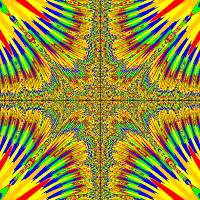On my game, i have stack of button classes and i want to make it go under a sub class that extends under an actor, i was just wandering how i would i set it out and what code should go in their, all they do is if it is clicked, it sets a new world....i need help plz




